Introduction
In the realm of architectural design, the ability to convey a vision with clarity and precision has never been more critical. Architectural rendering flythroughs have emerged as a transformative tool, offering dynamic, animated simulations that immerse viewers in a meticulously crafted 3D environment. These sophisticated visualizations not only enhance comprehension of spatial relationships and intricate design elements but also serve as powerful assets in pre-sales scenarios, instilling confidence in potential investors long before the physical project comes to fruition.
As advancements in 3D visualization technology continue to evolve, architects are discovering new ways to engage clients emotionally, fostering deeper connections to their designs. This article delves into the intricacies of creating stunning flythroughs, the essential tools and software required, and the significant benefits these animations bring to architectural practice, ultimately redefining how architects communicate their innovative ideas.
Understanding Architectural Rendering Flythroughs
Architectural rendering flythroughs signify a sophisticated evolution in visual communication, providing animated simulations that guide viewers through a carefully designed 3D model of a building or space. Unlike static images, these dynamic presentations provide an engaging perspective that enables audiences to grasp the scale, layout, and intricate design elements in a profoundly immersive manner. This technique proves invaluable in presentations and client meetings, as it articulates the architect’s vision with clarity, fostering a deeper understanding of spatial relationships inherent to the design.
Furthermore, the power of pre-sales visualization cannot be overstated; it enhances confidence in the endeavor and generates investment by providing developers with a tangible asset that can ignite interest and secure funding long before the physical realization of the initiative. Architectural rendering flythroughs are applicable across a diverse array of projects, ranging from intimate residential homes to expansive commercial developments, thus establishing themselves as a cornerstone of effective communication in design. Recent advancements in 3D architectural visualization have further enhanced the impact of architectural rendering flythroughs, enabling architects to create hyper-realistic environments that resonate emotionally with stakeholders.
As highlighted by top experts in the field, the capacity to captivate audiences through vivid imagery and dynamic storytelling greatly enhances understanding and satisfaction. Testimonials from satisfied individuals on platforms like Google and Houzz highlight the exceptional professionalism and customer care provided by J. Scott Smith Visual Designs, underscoring the consistent quality and responsiveness in service delivery that customers have come to expect. Notably, creating an animated 3D walkthrough or flythrough costs around $2,500 per minute and typically takes approximately two weeks to complete, making it a valuable investment in the pre-sales phase.
A case study titled ‘Visual Impact Enhancement’ demonstrates how architectural rendering flythroughs and 3D walkthroughs create hyper-realistic visuals that enhance emotional connection and viewer comprehension, with metrics indicating a 30% rise in client understanding of spatial arrangement post-presentation. As Kalina Prelikj, Editorial Assistant at Architizer, states, ‘A jack of all trades and a Master of Architecture, I channel my passion for architecture, helping celebrate the world’s finest creations and the individuals behind them.’ This highlights the significance of effective rendering techniques in conveying design concepts.
Step-by-Step Guide to Creating Stunning Flythroughs
- Prepare Your 3D Model: Begin with a meticulously constructed 3D model utilizing renowned software such as Autodesk Revit or SketchUp. Precision in representing every element and applying textures accurately is essential, as this forms the foundation of your flythrough and captures the essence of your design. The value of precision and detail in exterior renderings is paramount to conveying the intended architectural vision.
- Choose Your Software: Selecting a rendering solution that specializes in flythrough animations is crucial for ensuring accuracy and detail. Notable options include Lumion, V-Ray, and Enscape, each providing unique features suitable for diverse requirements. FStormRender, priced at $25 per month and rated 4.0 for its user-friendly interface and efficient rendering capabilities, can be particularly appealing to many architects. These tools enhance precision by allowing for detailed texture application and realistic lighting adjustments. However, consider both their advantages and limitations when deciding on software for your project. Redshift, for instance, excels in quick GPU rendering and detailed scene management but requires top-tier GPUs, which may pose accessibility challenges for some users.
- Set Up the Scene: Import your 3D model into the rendering software. Carefully adjust lighting, materials, and camera settings to enhance the visual impact and ensure the final product accurately represents your architectural vision.
- Plan the Path: Strategically decide on the camera path for the flythrough. Outline a path that effectively emphasizes important characteristics, ensuring smooth transitions and a logical flow throughout the animation, thus enhancing clarity and communication with customers.
- Animate the Camera: Utilize the animation tools available in your software to create the flythrough path. Thoughtfully adjust speed and angles to craft an engaging viewer experience that encapsulates the essence.
- Render the Animation: Once satisfied with the animation, proceed to render the flythrough. Select settings that align with your presentation needs, focusing on resolution and quality to ensure a polished final product.
- Post-Production: Enhance the final product using video editing software. Incorporate elements such as music, annotations, or voiceovers to provide context and engage your audience effectively.
- Review and Revise: Conduct a thorough review of the flythrough for any necessary adjustments before presenting it to clients or stakeholders. This review process is critical for ensuring precision and detail, as highlighted by architect Tim S., who emphasizes the clarity that digital rendering provides over traditional hand drafting, particularly when exploring complex spatial configurations. This thorough review process ensures that the flythrough not only meets your standards but also resonates with your audience. Furthermore, examine the case study of TAD, which showcases a versatile system with numerous addons and robust preview capabilities, demonstrating the effectiveness of the discussed techniques and software while also emphasizing limitations in integration with basic rendering engines and large CAD offerings.
Walkthroughs vs. Flythroughs: Key Differences Explained
Architectural rendering flythroughs and walkthroughs are essential visualization methods, with each serving distinct purposes in the presentation of architectural concepts. A walkthrough immerses viewers in a first-person perspective, enabling them to navigate through interior spaces as if they are physically present. This method is particularly effective for illustrating interior layouts, enhancing understanding of spatial relationships, and conveying user experiences within the environment.
In contrast, architectural rendering flythroughs provide a bird’s-eye view or external perspective, showcasing the building’s exterior and its integration into the surrounding site. As Chandresh insightfully remarks, ‘Architectural fly-throughs assist in capturing the building’s exterior views that emphasize external structures, roads, and site plans and provide an overview of the whole endeavor.’ Recent advancements in 3D technology have further improved architectural rendering flythroughs, offering a seamless viewing experience that emphasizes essential elements and effectively conveys the intended narrative.
According to the case study titled ‘Difference Between 3D Walkthrough and Flythroughs,’ walkthroughs concentrate on interior details while flythroughs highlight the environment. Comprehending these differences assists in choosing the suitable CGI service for effectively displaying architectural concepts. While high-quality renderings serve as a crucial investment in visualization, enabling all stakeholders to grasp the initiative’s potential and vision, their effectiveness hinges on the specific objectives at hand.
Architectural rendering flythroughs excel in emphasizing design aesthetics and contextual placement, making them ideal for projects where site integration is paramount, while traditional walkthroughs are indispensable for focusing on user experience and the intricacies of interior design. When hiring 3D design rendering services, it’s essential to evaluate portfolios to ensure the quality of work, check references for reliability, and understand pricing structures to find services that fit your budget. Understanding when to deploy each technique enhances the architect’s ability to communicate their vision effectively, thus tailoring the presentation to the audience’s needs.
Essential Tools and Software for Architectural Flythroughs
To create exceptional architectural rendering flythroughs, it is paramount to select the appropriate tools and software. The following categories represent essential components in this process:
- Initial Communication and Brief: Understanding your goals and requirements begins with effective communication. Our virtual assistant is available for basic inquiries, while more detailed questions can be addressed through direct contact. This initial phase establishes the foundation for teamwork.
- 3D Modeling Software: Tools such as Autodesk Revit, SketchUp, and Rhino are integral for developing intricate and detailed models that serve as the basis for any flythrough.
- Rendering Software: High-quality rendering and animation capabilities can be achieved through applications like Lumion, V-Ray, and Enscape, which are widely recognized for their ability to produce visually striking results, enhancing both realism and emotional impact in presentations.
- Video Editing Tools: Post-production enhancements are crucial for polished presentations, and software like Adobe Premiere Pro or Final Cut Pro provides robust editing functionalities to refine your visual storytelling.
- Animation Software: For those requiring advanced animation techniques, Blender and 3ds Max are excellent options, offering versatility and power in creating dynamic visuals that elevate the viewer’s experience.
- Collaboration Tools: Effective management and feedback integration can be facilitated through platforms such as BIM 360 and Trello, which streamline communication and workflow throughout the design process, ensuring that customer needs are met with precision.
Investing in these high-quality tools is essential, as the rendering software market is anticipated to grow significantly, reaching a value of $4.59 billion in 2024 and expanding to $16.18 billion by 2032. This trend highlights the essential role these tools have in improving the overall quality of design endeavors. As noted in industry reports, there are over 73,000 businesses in architecture across the U.S., highlighting the competitive landscape where the right combination of tools can lead to superior quality and effectiveness in architectural rendering flythroughs.
Insights from case studies reveal that the integration of blockchain for rendering services and cross-industry applications are pivotal developments influencing the future direction of the market. The feedback loop and ongoing improvement during the rendering process guarantee that the final output meets stakeholder expectations, ultimately enhancing results.
Benefits of Flythrough Animations in Architecture
Flythrough animations present a range of significant benefits that can transform architectural projects:
Enhanced Visualization: By offering an immersive and realistic portrayal of the design, flythroughs enable clients to grasp the final product’s essence far more effectively than traditional methods. According to a study by ScienceDirect, participants who explored spaces in virtual reality demonstrated a 10% improvement in spatial understanding compared to those limited to 2D floor plans. This aligns with the role of pre-sales visualization, which serves as a bridge between concept and reality, instilling confidence in potential investors.
Enhanced Communication: These architectural rendering flythroughs serve as an essential resource for dialogue among customers and stakeholders, ensuring that all involved maintain a common understanding of the details and goals. This clarity can lead to more productive meetings and enhanced decision-making. As mentioned, flythrough animations offer an engaging and lifelike perspective of the endeavor, facilitating comprehension and acceptance of the layout, reflecting the feelings conveyed in reviews from pleased patrons at J. Scott Smith Visual Designs, including one individual who remarked, “The flythrough assisted us in envisioning our dream home in a manner we never imagined feasible.”
Increased Engagement: Unlike static images, dynamic presentations engage audiences on a deeper level, capturing their attention and fostering more meaningful interactions. The immersive quality of flythroughs creates a compelling story around the concept, making it easier for customers to connect with the initiative emotionally, thereby enhancing customer satisfaction and marketing effectiveness.
Marketing Advantages: High-quality flythrough animations can be utilized in promotional materials, significantly enhancing architects’ portfolios and attracting potential customers. By showcasing unique creative concepts and off-plan properties, these animations can differentiate a firm in a competitive market, as supported by case studies demonstrating their effectiveness in generating interest and investment, ultimately leading to increased revenue for projects.
Time Efficiency: Flythroughs simplify the communication of intricate design aspects, thereby conserving valuable time in meetings and accelerating the decision-making process. This efficiency is particularly advantageous in the fast-paced construction industry, where timely approvals are crucial.
By harnessing the advantages of flythrough animations and the insights gained from testimonials, architects can elevate their project presentations and increase overall satisfaction. With ongoing advancements in technology, the impact of these techniques is expected to grow even further in 2024, solidifying their role as essential tools in design practice. Additionally, case studies, such as the one on the benefits of 3D animation for property developers, demonstrate how these animations not only engage clients but also provide a vivid way to present architectural ideas, ultimately leading to higher client satisfaction rates.
Conclusion
Architectural rendering flythroughs have undeniably revolutionized the way architects communicate their visions, transforming static presentations into immersive experiences. By leveraging sophisticated 3D modeling and rendering software, architects can create dynamic animations that not only enhance client understanding but also foster emotional connections to the designs. The meticulous preparation of 3D models, combined with strategic planning of camera paths and effective post-production techniques, culminates in a powerful visual narrative that resonates with stakeholders.
The distinction between walkthroughs and flythroughs further underscores the versatility of these tools in architectural presentations. While walkthroughs provide a personal experience of interior spaces, flythroughs excel in showcasing the context and aesthetics of the exterior design. Understanding these differences allows architects to tailor their presentations to the specific needs of their audience, ultimately improving communication and decision-making.
The benefits of flythrough animations extend beyond mere visualization; they enhance engagement, streamline client interactions, and serve as compelling marketing assets. As the architectural industry continues to evolve with technological advancements, the integration of these animations into practice is not only advantageous but essential. By embracing this innovative approach, architects can elevate their project presentations, instilling confidence in clients and investors alike, and paving the way for successful project realization. The future of architectural communication is here, and it is animated, immersive, and profoundly impactful.
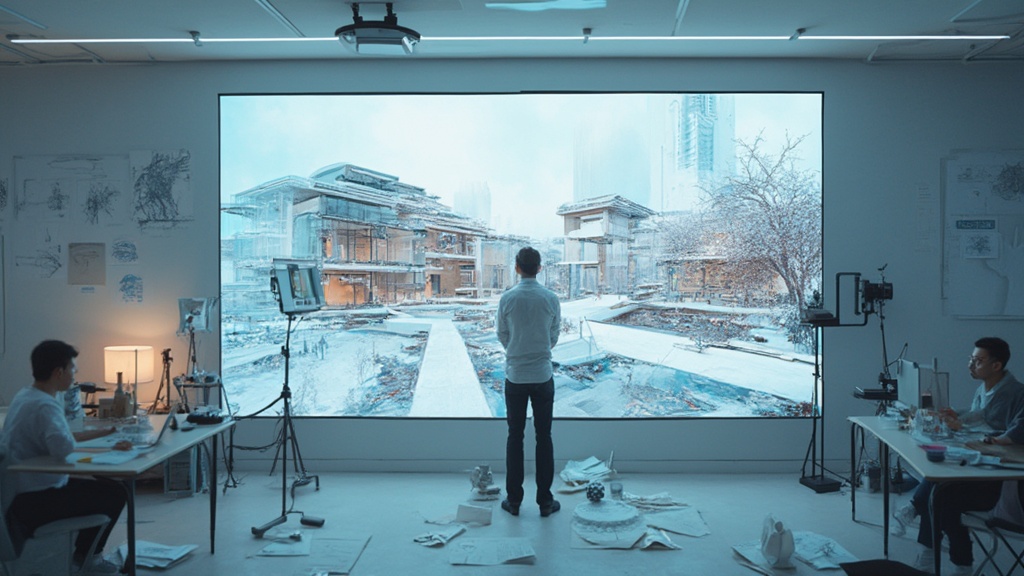
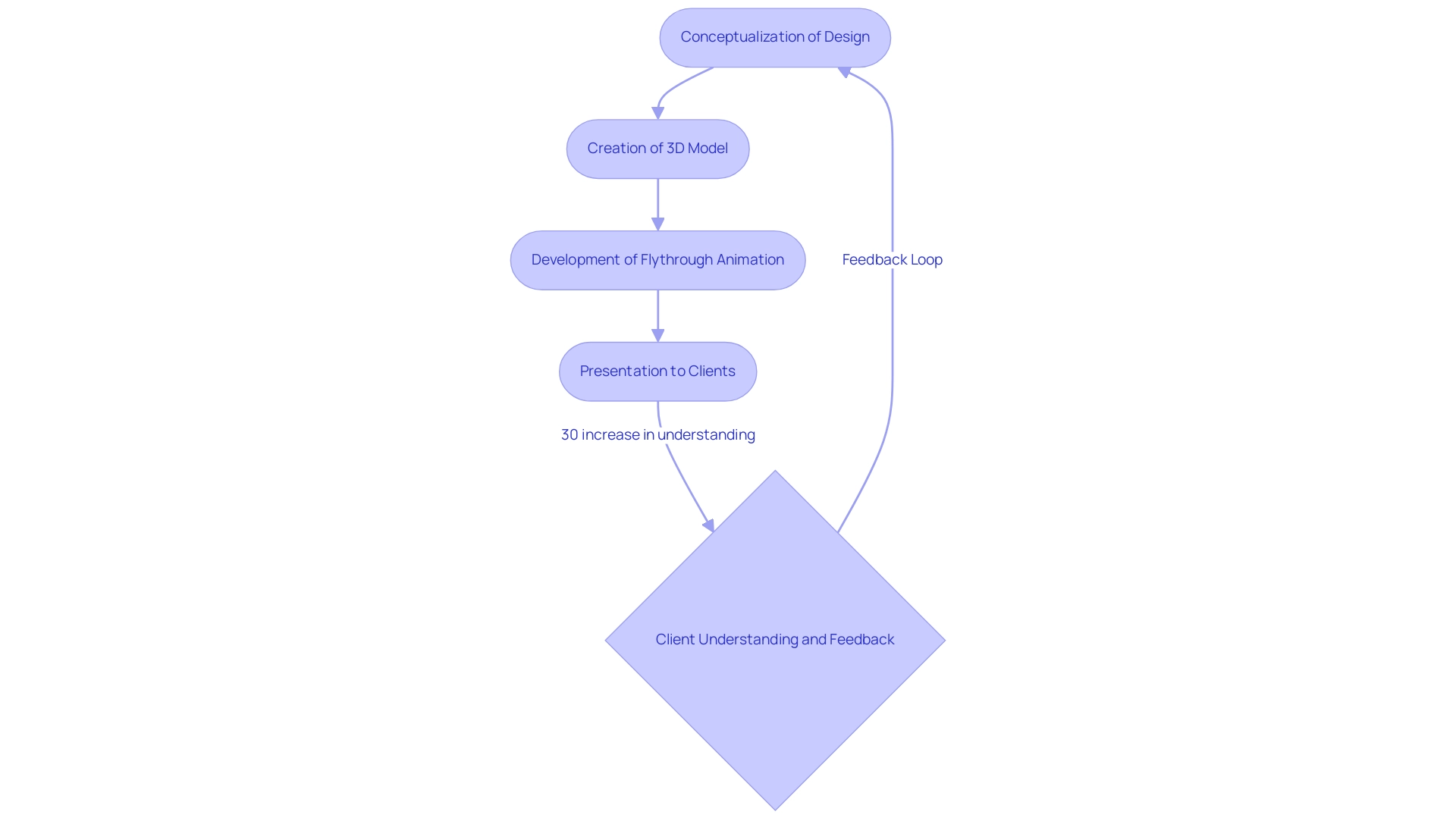
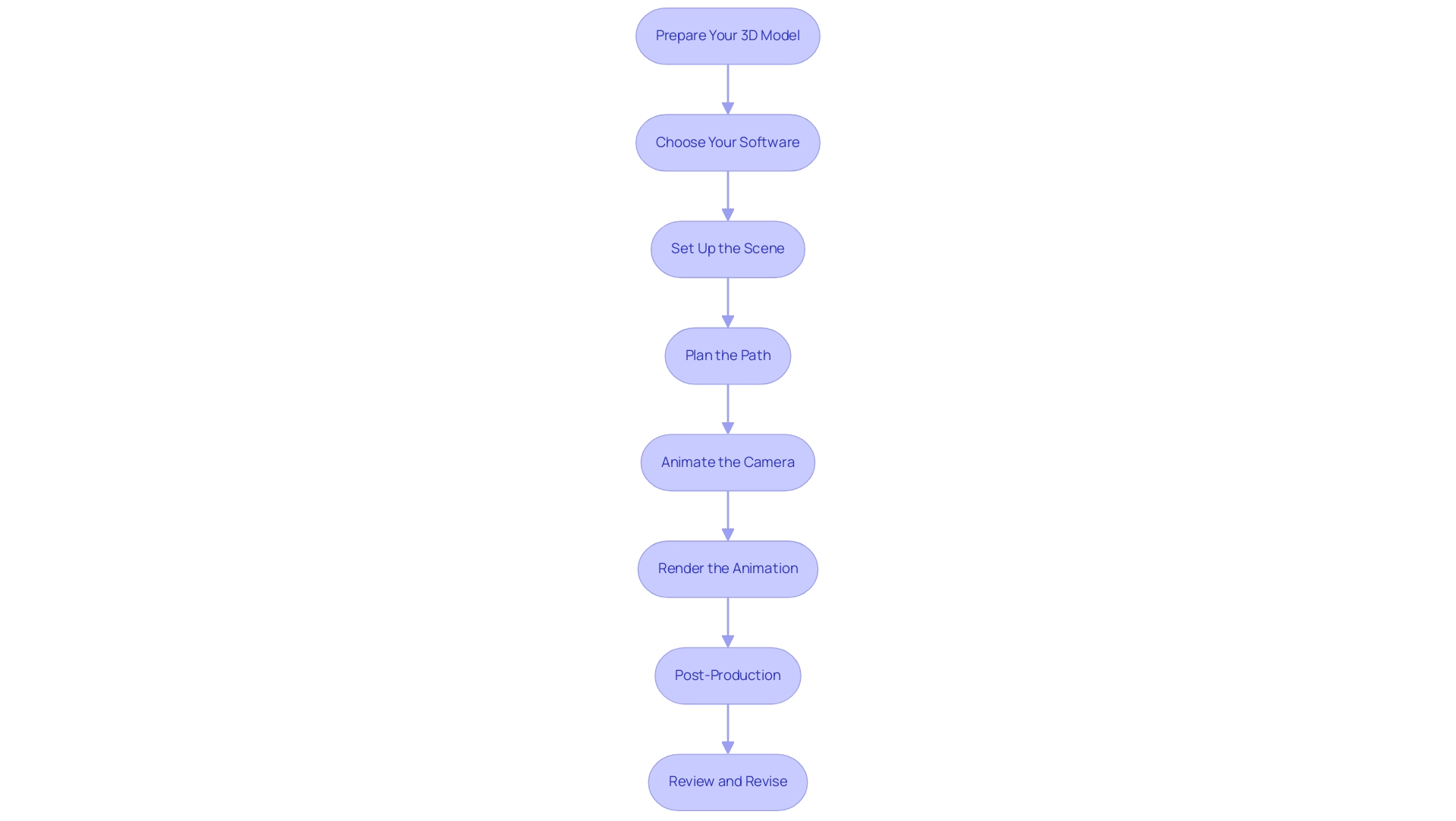
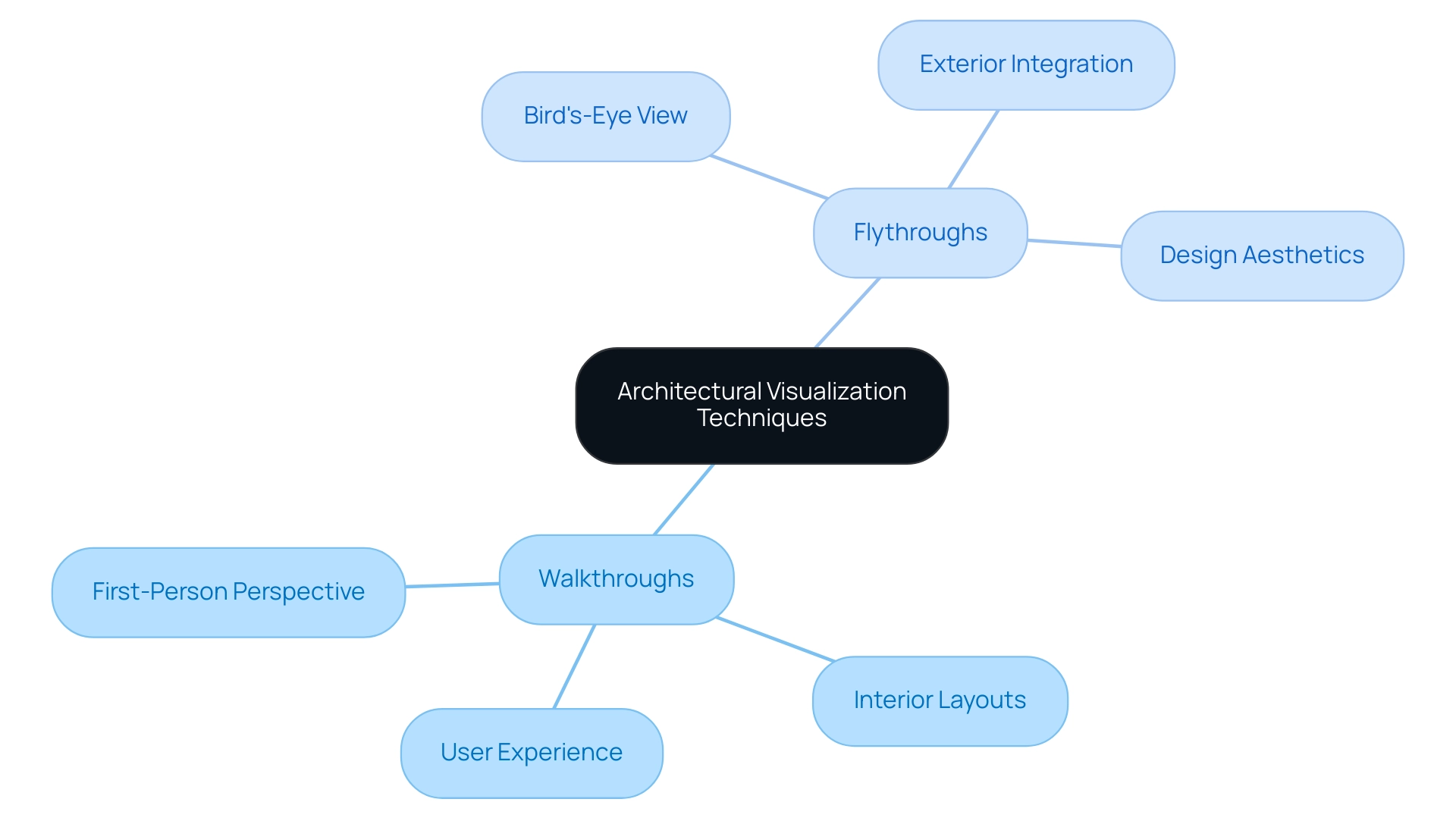
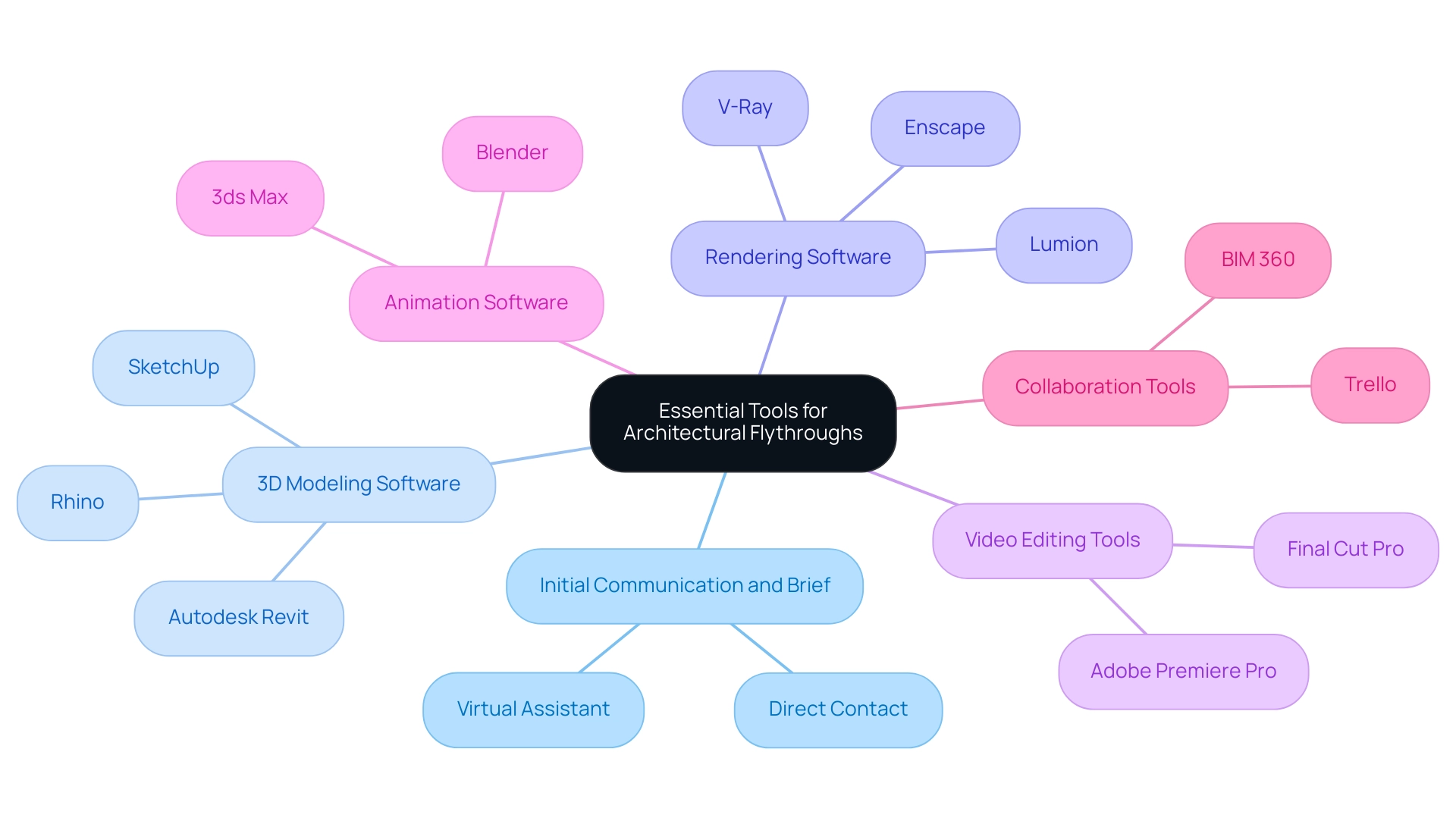
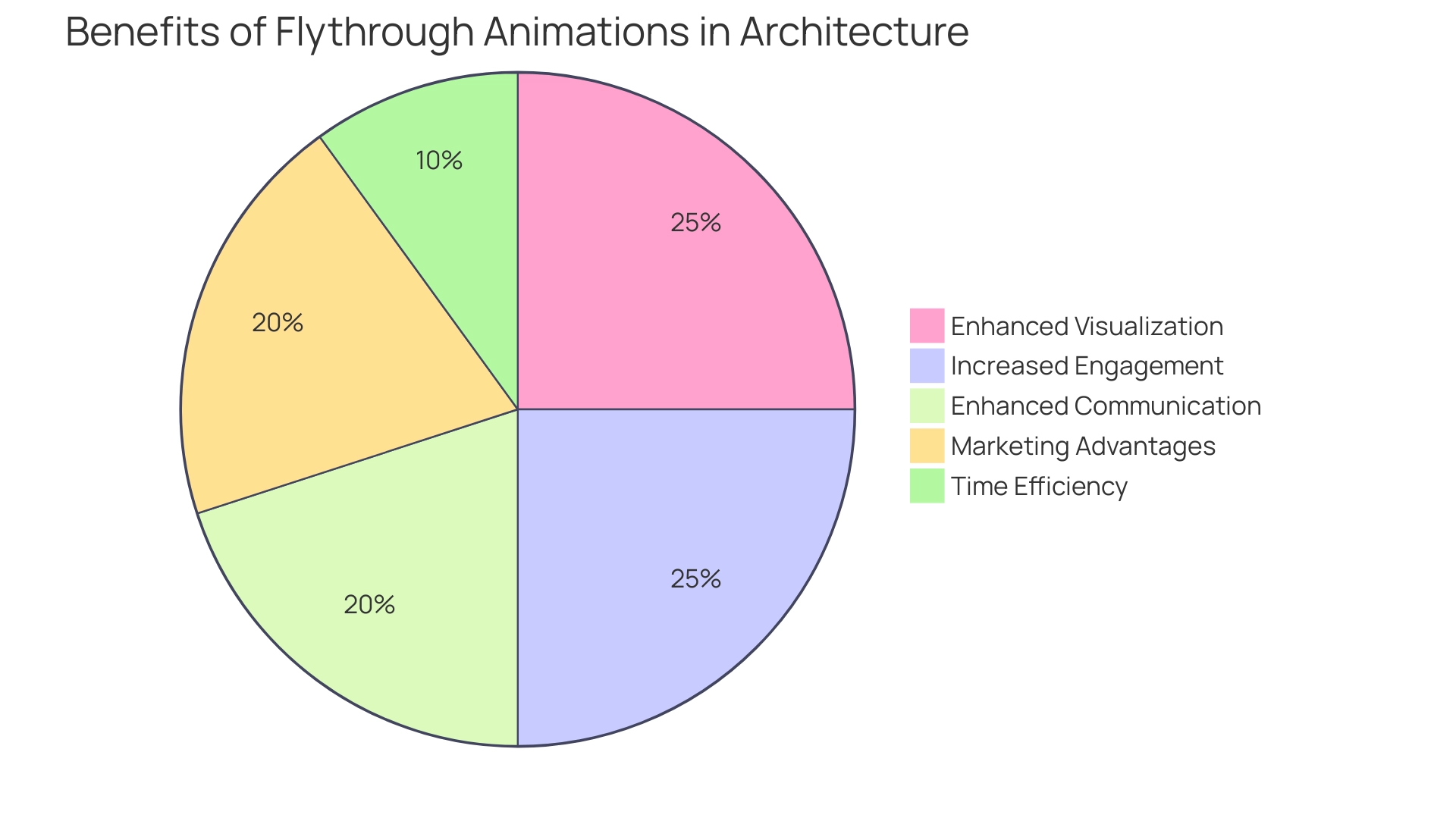
0 Comments